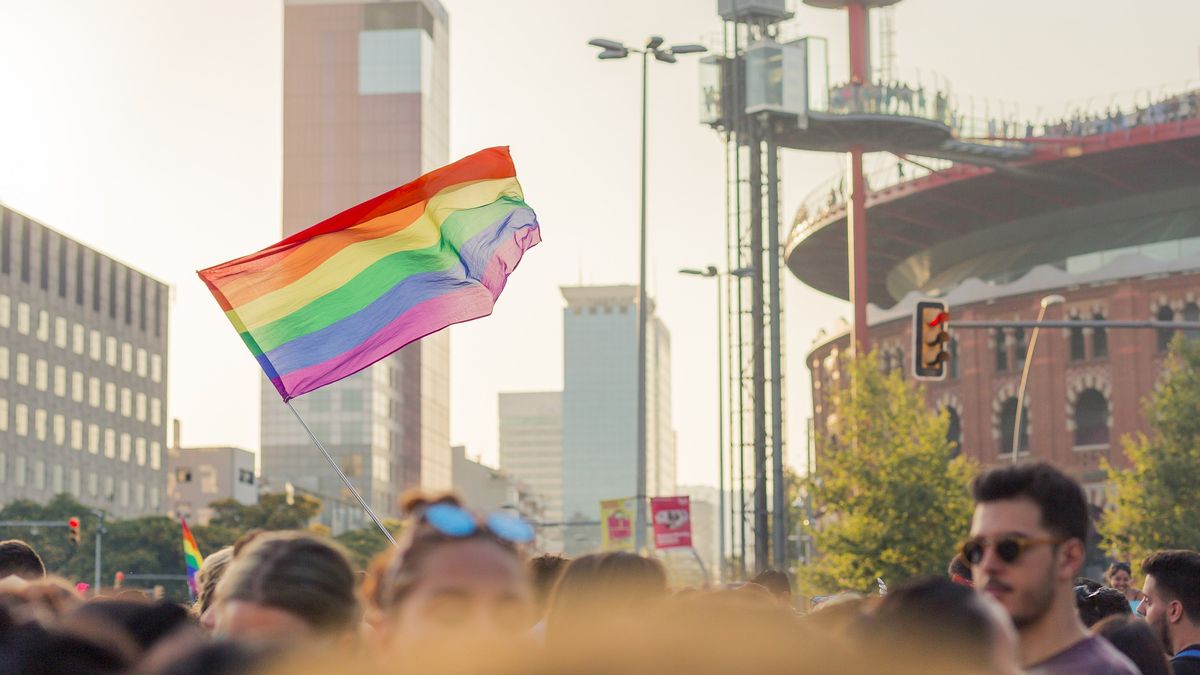As a heterosexual, I don’t want to give voice to problems that I don’t experience first-hand, but as the director of a company that works for diversity, I like to speak from my position. Heterosexual people, in my opinion, should not see these issues as an alien community but rather get involved in the change. It has recently happened to me to share spaces where comments of discrimination or aggression against the LGBT community are made and I can only raise my voice and build and intervene in those conversations. There are many women’s whatsapp groups today for empowerment that are systematically excluding trans women, for example, and it is good to mark if this is the case, in my case, choosing not to belong to those spaces anymore.
Last year, together with the Argentine LGBT Chamber of Commerce (CCGLAR), we revealed a survey of LGBTIQ+ people that showed that 91% of the people surveyed consider that there is discrimination in the workplace, and almost half of the people consider that , in their areas of work, no measures have been taken for the inclusion of LGBTIQ+ people in the last year.
So what is being done at the organizational level?
Year after year there is an increase in brands that join the Pride day campaign, putting their logo with the colors of the LGBT flag, or carrying out campaigns on social networks, although many times that outward enthusiasm is not reflected in its internal policies of inclusion, and that is where they make water. This happens because the link to its policies is usually superficial, and without systemic approaches, although there are increasing efforts to do things right. I see that one of the main mistakes and, at the same time, one of the most common is to want to do occasional activism for the date without taking into account if this is a real path that the brand wants to go down.
When it comes to inclusion and diversity, many brands follow the decline of global companies but do not understand the idiosyncrasy and particular path of each country, which is absolutely unique and different in each culture. In this sense, we have seen good practices that copy other companies without adjusting them to their own culture. That is why it is necessary to work on the professionalization of this issue within each organization.
As I mentioned before, there is an evolution and some brands understand it very well and others not so much. A brand that wants to generate a positive impact has to make decisions and measure itself socially, since society is outside an organization or brand, which is the one that is asking for a change and, in turn, has to work on its transphobia and educate yourself for non-discrimination. We are talking about hate crimes being committed against trans people and that a response must be given and a commitment to the rights of diversity must be made in order to have a more egalitarian society.
What can be started?
There are ways in which you can work to make the community more visible and not just another colorful date in the calendar of special events of the brand. This must be worked on through talks and communication training on the importance of diversity and respect by all employees.
- Put aside the presumption of heterosexuality and encourage the creation of LGBTIQ support groups recognized by the company and supported with a budget for the creation of actions.
- Modifying our language so that it is adequate and respectful is a very important step towards the inclusion of diversities. For example, instead of assuming that the other person is in a relationship with someone of the opposite gender, we can ask: Do you have a partner? Do you go out with someone?
- Assuming a person’s identity is violent, always ask the person what their name is or would like to be called, and with what pronoun they identify. If they don’t understand it, deepen training within the organization.
Empathy can begin to be mobilized through clear and concrete actions that are not simply a post on social networks in the week of June 28.
CEO of Bridge The Gap and D+I professor at the University of San Andrés.
Source: Ambito




